Tools for directors from insurance and network science
Paul Newland, Network Capital Economics
How is it that insurers can generate a return in covering something as unpredictable as catastrophe risk from earthquakes, cyclones and bushfires? It turns out there is something special about how they untangle these seemingly chaotic risks using systems to consider patterns, initial circumstances and the application of science.
We can now begin to consider whether these systems might have applications for directors in making their businesses more resilient and these applications might not be as far away as you think.
Network science allows us to begin to untangle volatile business environments to examine how incentives, the flow of information and wisdom of crowds affect our performance. Amazon, Facebook, Apple and many other businesses are proving this every day. Networks are used to understand behaviour, decision making and relationships that could only be theorised about in the past. These businesses have been very successful in using networks to illuminate connections between parts of their business that are often more valuable than the parts themselves.
The combination of mathematics, computing power and graph visualisation have helped unlocked networks for businesses however these networks have been put to work in other natural systems for a very long time. Did you know that the components of human circulatory system (a type of network) laid end to end would reach over 100,000 kms or nearly two and a half times the earth? This network is in three dimensions of the body and are shared by and for all the purposes of the body, nourishing 37 trillion cells precisely when required, individually and collectively.
Part of our understanding of these systems is provided by network science. In the business setting, network science is expressed using mathematics and statistics that allow us to understand the complex systems that businesses operate in. It allows us to consider the impact of human behaviour, experiment and test our ideas in a realistic way. It allows us to monitor our environment and look for changes that might be significant. Just as a spike in temperature in the human body tells us there is something changing, network science gives us measures of changes in our business environment.
This might sound daunting, however graph visualisation allows us to understand this in an intuitive way. We can see connectivity of risk and how correlations change through graphs, which allows us to consider how one decision influences another. This is very valuable in complex and fast changing environments that businesses operate in. It puts a lens on, and helps simplify, the complexity of the environment.
What about when things don’t go exactly as expected? Perhaps even a catastrophic event for the business? This is where we can learn something from insurers. They routinely allocate capital to events that are unknowable or have very high degrees of uncertainty. For instance, there was no causation between earthquakes such as Christchurch and tsunamis in Japan however there was correlation with a financial crisis for both these catastrophic events. Despite this correlation there was surprising stability in insurance markets through this period, with no major insurance company bankruptcies.
Insurers have a high burden of risk understanding. They think deeply about what they know and what they don’t know, they bring in scientific experts to help them understand these risks and they model what they find out, even if it incorporates high degrees of uncertainty. They seek out a wide range of deep subject matter experts. This is not an academic exercise, it is about the survival of the enterprise.
We live in exciting and challenging times. The tools exist to think a new about how we work with our customers, suppliers and employees. We have a means to understand how our risks and opportunities are linked. We also have the means to ensure higher levels of resilience by building a diversity of thought and expertise into what we do. This is can go a long way to helping restore and build trust with our stakeholders.
Here’s what you need to know
Using the power of network science with your management team
- Understand your business as a system
- Identify the interaction of your business levers
- Make it real – show the financial, risk and strategic interdependencies
- Look for what’s changing in your network – signals of disruption
- Work with the outcomes – test, question and experiment
The connections between your assets can be more important than the assets themselves!
Business resilience
- Get scientific
- Access a diversity of expertise and thinking
- Consider a variety of pay offs when planning
- Protect when you can, not when you have to
For governance
Framework for engaging with management
- Can the team quantify the complexity of interactions?
- This includes how a decision for one part of the business connects to others
- The connections include clients, supplier, employees and investors
- Consider alliances with stakeholders when building strategy – they are critical in planning and managing risk
- Look for network efficiencies, risk management and revenue opportunities where all parties have an opportunity
- Most of all avoid yearning for equilibrium in markets – think sense and respond – not predict and control
- Communicate – use it as a tool to for engagement
